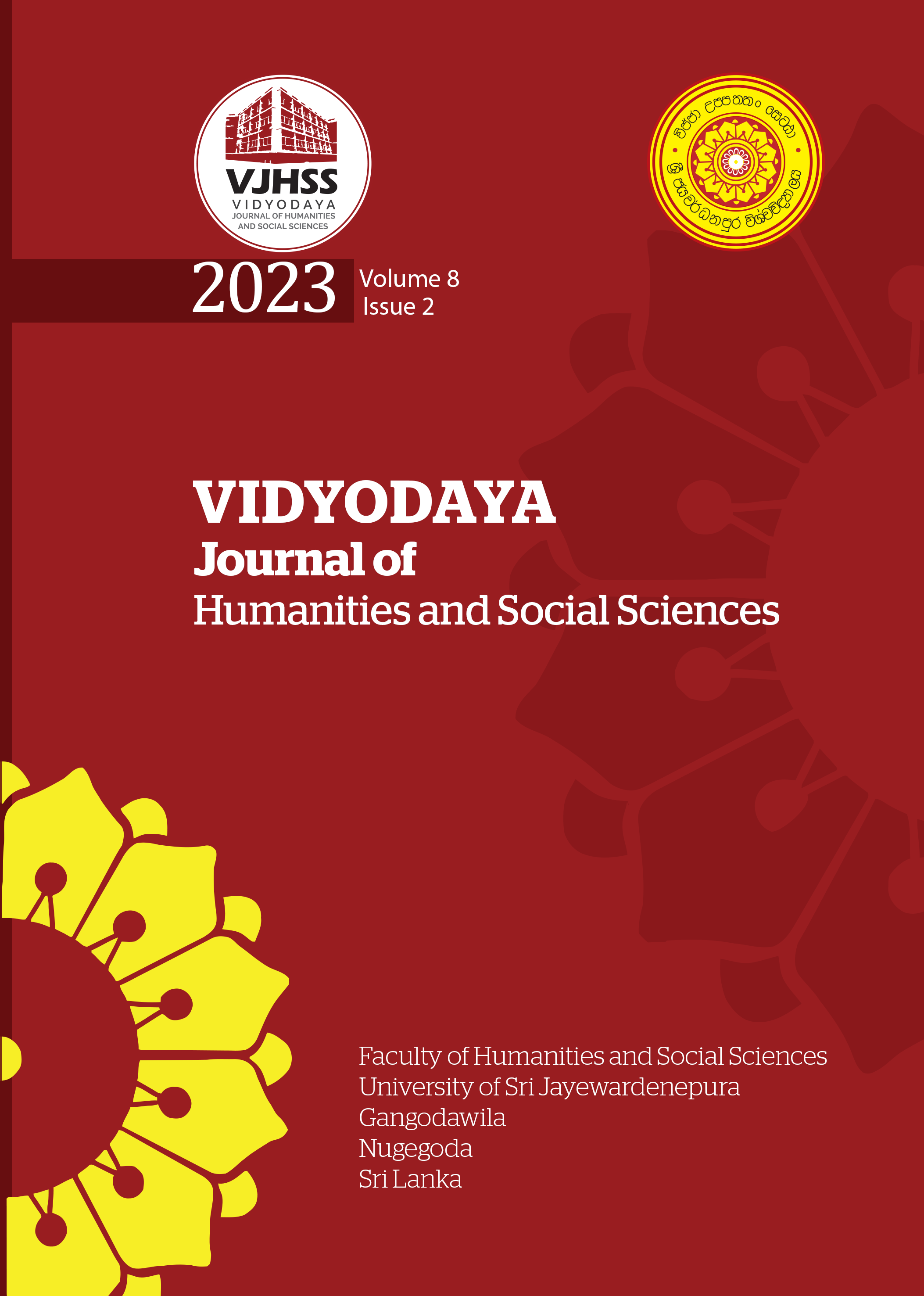The Inception of the Film Adaptations Based on the Novels, in the Sri Lankan Cinema
Abstract
Filmmakers often pursue other source materials to discover inspiration for their narratives and create feature filmmaking in an important way on true events and fictional stories. A film adaptation is a cinematic work, adapted from a work of fiction or nonfiction. Common fiction source materials include novels, short stories, stage plays, radio plays, television series, comics, or video games, while nonfiction sources are memoirs, biographies, or works of journalism. International filmmaking regularly uses an existing work of art as inspiration for their art, and the Film Awards even have an entire screenwriting category devoted to film adaptations such as Best Adapted Screenplay Award. In Sri Lanka, the film adaptation has been practiced for seven decades to date, and its inception is marked in 1953 with the film ‘Kela Handa’ alias "The Wild Moon" based on the novel of the same name first published in 1933. There are 10 film adaptations from 1953 to 1959 and seems ‘Kela Handa’ has created a trend-setting introduction. Where Sri Lankan Cinema has a span of 1350 locally produced films released since 1947 to date, the film adaptations are over 100 in the list. ‘Kela Handa’ adapts the best-selling novel of the same name and reflects the interplay between the two mediums, without compromising the prominent egos of the Sri Lankan first filmmaker and the Sri Lankan best-selling novelist.



